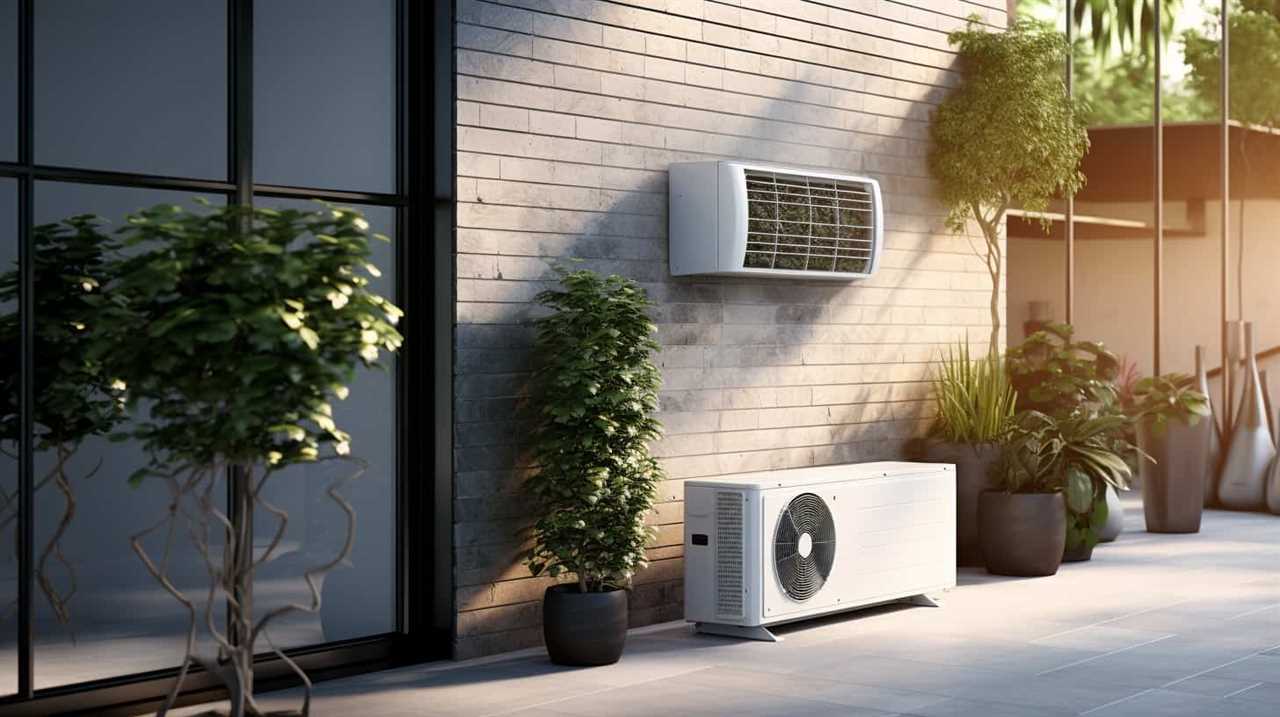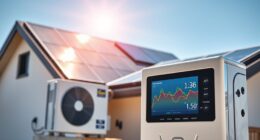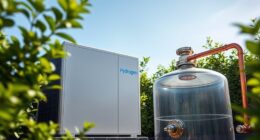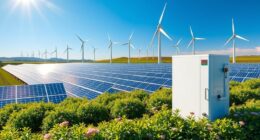Fed up with your heat pump breaking down at the worst possible moments? We have some surprising information for you. The issue could very well be related to the process of thermal energy transfer!
Yes, you heard that right. In this article, we’ll dive deep into the world of heat pump failures and explore the role that thermal energy transfer plays in their performance.
Get ready for some mind-blowing insights and practical tips to keep your heat pump running smoothly. Let’s get started!
Key Takeaways
- Common causes of heat pump failure include refrigerant leaks, faulty thermostat, motor failures, compressor problems, and frozen coils.
- Thermal energy transfer plays a crucial role in heat pump performance, with conduction, convection, and radiation being the main methods of heat transfer.
- Proper insulation and choice of refrigerant are important factors in maximizing heat pump efficiency and minimizing heat loss.
- Signs of thermal energy transfer issues in heat pumps include insufficient heating or cooling, reduced airflow, ice buildup, and strange noises. Regular maintenance and optimization are crucial for efficient operation.
Common Causes of Heat Pump Failure
We often experience various malfunctions in heat pumps due to the frequent occurrence of mechanical issues. When it comes to heat pump repair, understanding the common heat pump issues is crucial.

One common problem is refrigerant leaks, which can cause a drop in cooling or heating capacity. Another issue is a faulty thermostat, which can result in temperature inconsistencies. Additionally, motor failures can occur due to worn-out bearings or electrical problems. Compressor problems, such as overheating or failure to start, are also common. Lastly, frozen coils can lead to reduced airflow and a decrease in heat transfer efficiency.
By addressing these common heat pump issues promptly, we can ensure optimal performance and prevent further damage.
Now, let’s delve into the next section and explore the role of thermal energy transfer in heat pump failure.
Understanding Thermal Energy Transfer
Let’s explore how thermal energy transfer plays a crucial role in heat pump failure. Understanding heat transfer mechanisms is essential in identifying the potential causes of heat pump malfunctions. Thermal energy transfer occurs in everyday life and can be classified into three main mechanisms: conduction, convection, and radiation.
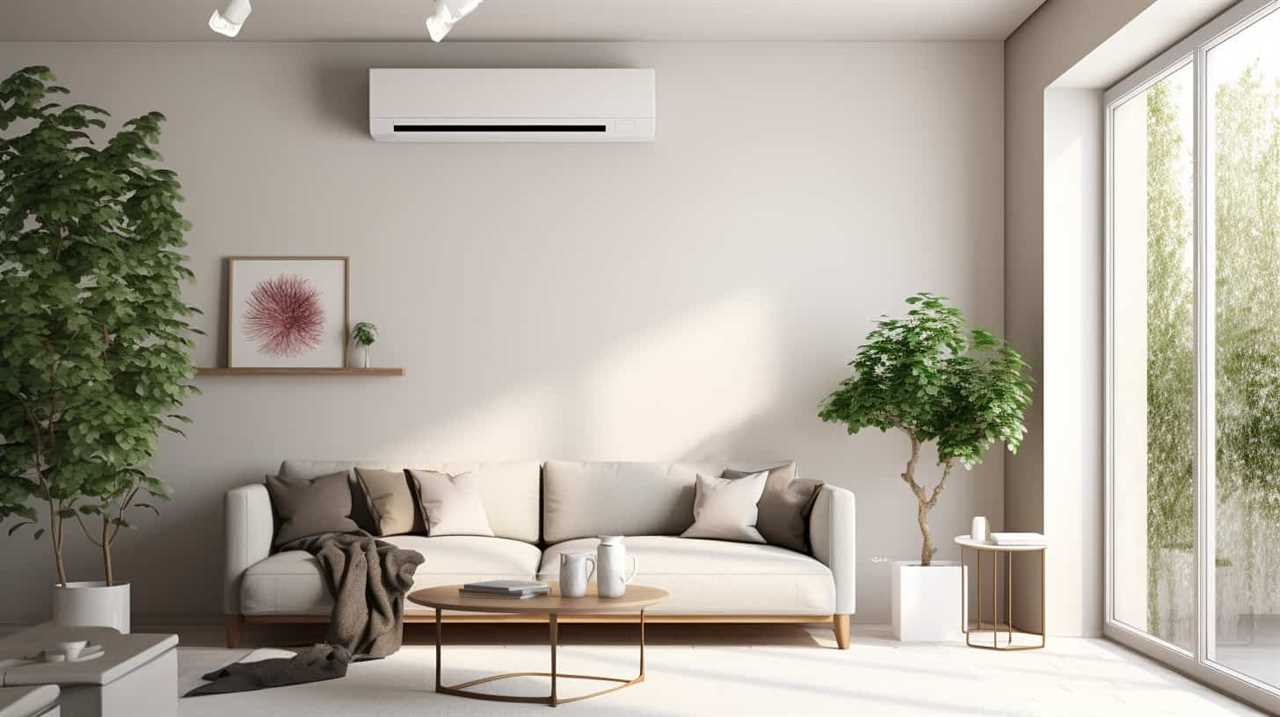
| Heat Transfer Mechanism | Description |
|---|---|
| Conduction | The transfer of heat through direct contact between two objects or substances. It occurs when heat is conducted from a higher temperature region to a lower temperature region. In heat pumps, poor insulation or faulty components can lead to heat loss through conduction. |
| Convection | The transfer of heat through the movement of fluids or gases. In heat pumps, convection is responsible for the circulation of refrigerant and air within the system. Obstructions or improper airflow can hinder efficient heat transfer and result in heat pump failure. |
| Radiation | The transfer of heat through electromagnetic waves. Although radiation plays a minor role in heat pump operation, issues such as inadequate shielding or excessive exposure to external heat sources can impact overall system performance. |
The Role of Thermal Energy Transfer in Heat Pump Performance
To understand the role of thermal energy transfer in heat pump performance, we need to analyze the efficiency of heat transfer mechanisms and their impact on the overall operation of the system.
One crucial factor is the role of insulation. Insulation plays a vital role in minimizing heat loss during the transfer process, ensuring that the heat pump operates at optimal efficiency. By reducing heat loss, insulation helps maintain the desired temperature and reduces the workload on the heat pump, leading to energy savings and improved performance.
Another important aspect is the impact of refrigerant. The choice of refrigerant can significantly affect the heat pump’s performance. Highly efficient refrigerants with excellent heat transfer properties can enhance the system’s overall efficiency, resulting in better heating or cooling output.
Therefore, proper insulation and the right choice of refrigerant are essential factors in maximizing heat pump performance and ensuring customer satisfaction.
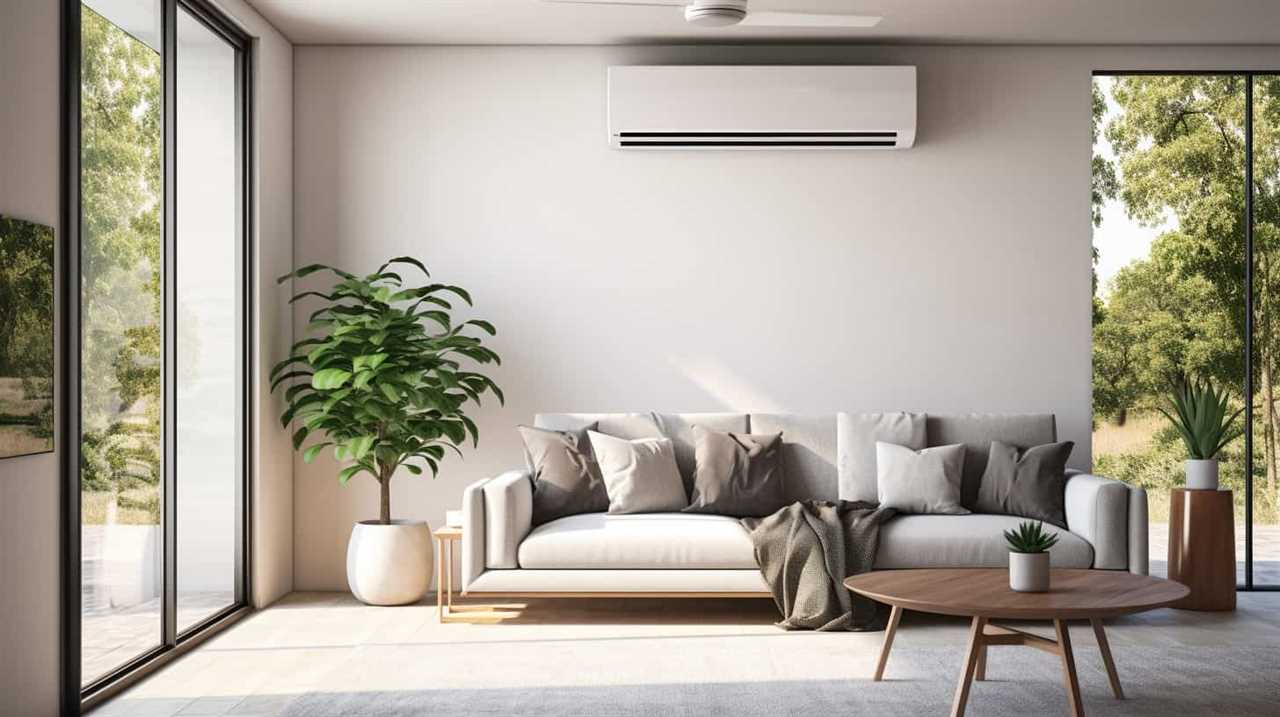
Signs of Thermal Energy Transfer Issues in Heat Pumps
What are the signs of thermal energy transfer issues in heat pumps? Troubleshooting heat pumps for thermal energy transfer issues is crucial in maintaining their efficiency and performance. Here are some common signs that indicate potential problems in thermal energy transfer:
| Sign | Description | Possible Cause |
|---|---|---|
| Insufficient heating or cooling | The heat pump fails to reach the desired temperature | Low refrigerant level or a faulty compressor |
| Reduced airflow | Weak airflow from the vents | Clogged air filters or a malfunctioning fan |
| Ice buildup | Ice accumulation on the coils or outside unit | Insufficient airflow or refrigerant leak |
| Strange noises | Unusual sounds such as grinding or squealing | Loose or damaged components |
Identifying these signs can help homeowners troubleshoot thermal energy transfer issues promptly, ensuring optimal heat pump performance. Now let’s explore the impact of thermal energy transfer on heat pump efficiency.
Impact of Thermal Energy Transfer on Heat Pump Efficiency
Regularly maintaining and optimizing thermal energy transfer is crucial for maximizing heat pump efficiency. The impact of thermal energy transfer on heat pump efficiency is significant and can greatly affect both energy consumption and environmental sustainability.
When thermal energy transfer is inefficient, heat pumps require more energy to achieve the desired heating or cooling effect, leading to increased energy consumption. This not only results in higher energy bills for consumers but also puts a strain on the environment by contributing to greenhouse gas emissions.
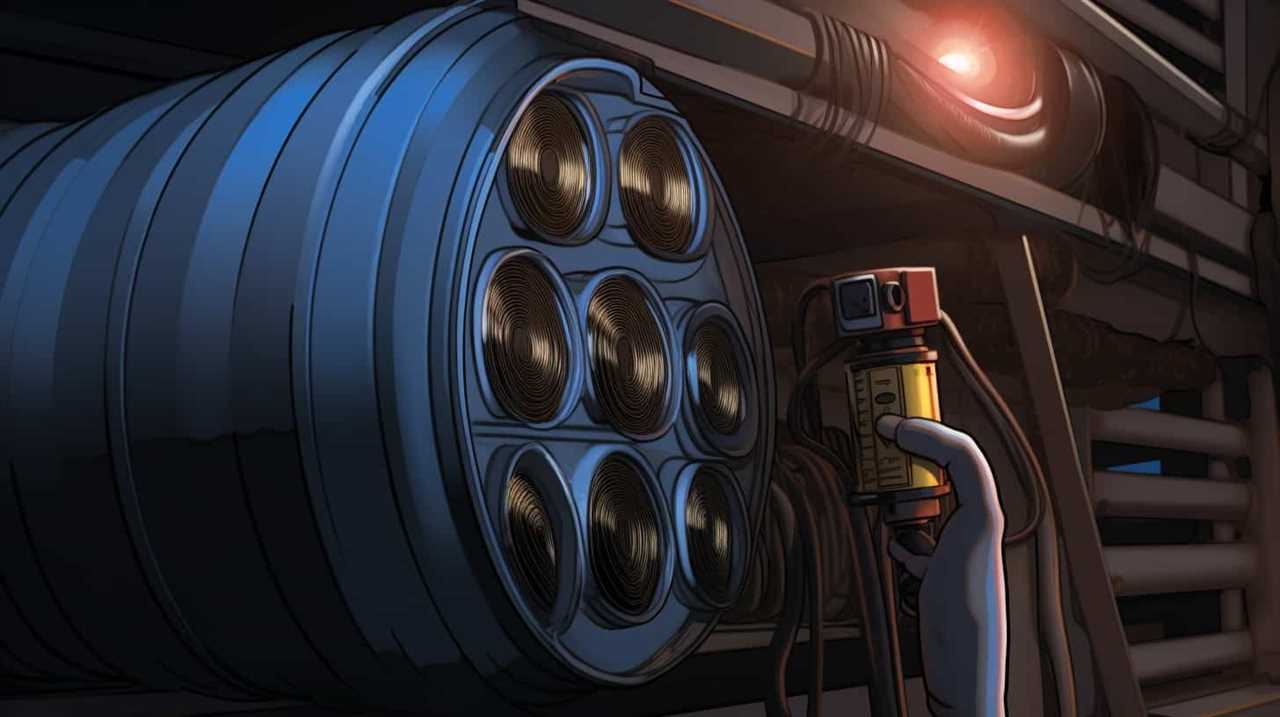
On the other hand, when thermal energy transfer is optimized, heat pumps operate more efficiently, reducing energy consumption and promoting environmental sustainability. By ensuring proper insulation, minimizing heat loss, and regularly maintaining heat pump components, the impact of thermal energy transfer on heat pump efficiency can be maximized, benefiting both consumers and the environment.
Strategies for Preventing Thermal Energy Transfer Problems
To prevent thermal energy transfer problems in heat pumps, there are several strategies that can be implemented.
First, proper insulation and regular maintenance are crucial in minimizing heat loss or gain through the system. This includes sealing any gaps, cracks, or leaks in the ductwork or insulation.
Secondly, efficient system design plays a significant role in reducing thermal energy transfer. This involves selecting the right size and type of heat pump for the specific application and ensuring proper placement and orientation.

Lastly, proper ventilation and airflow are essential in maintaining optimal heat pump performance. This includes ensuring adequate airflow around the heat pump unit and proper ventilation in the space being heated or cooled.
Insulation and Maintenance
We recommend performing at least two maintenance checks per year to ensure proper insulation and prevent thermal energy transfer problems.
Insulation maintenance is crucial in preventing energy loss and maximizing the efficiency of your heat pump system. One important aspect of insulation maintenance is checking for any signs of wear or damage to the insulation material. Any gaps or cracks should be sealed to prevent air leakage and heat transfer.
Additionally, it’s important to regularly clean and replace air filters to ensure proper airflow and prevent dust and debris from clogging the system.
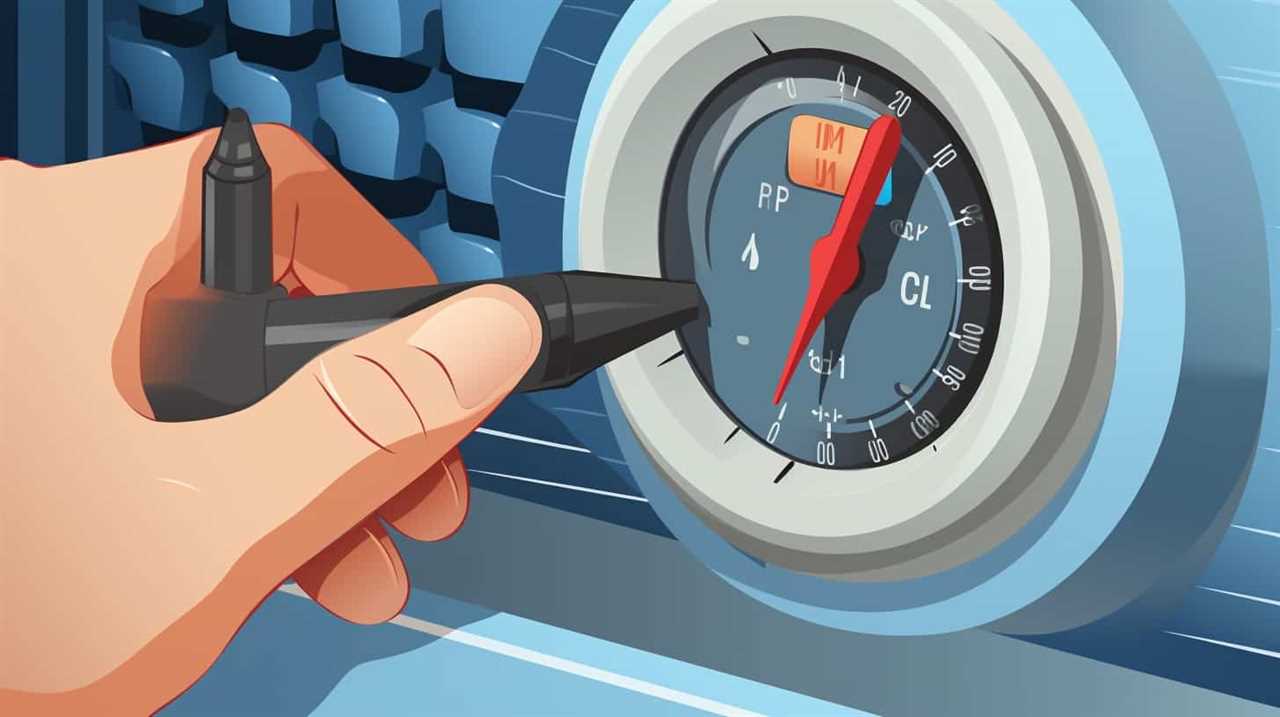
During maintenance checks, it’s also recommended to inspect the ductwork for any leaks or gaps that could lead to energy loss.
Efficient System Design
Our primary focus should be on implementing effective strategies and utilizing proper system design to minimize thermal energy transfer problems and optimize heat pump efficiency. To achieve efficient system optimization, it’s important to consider the following energy saving techniques:
- Proper sizing and selection of heat pump equipment to match the heating and cooling load requirements of the space.
- Insulation of ductwork and piping to prevent heat loss or gain during the transfer process.
- Installation of programmable thermostats to regulate temperature settings and reduce energy consumption during unoccupied periods.
- Use of variable speed motors and fans to adjust the system’s output based on the demand, resulting in reduced energy usage.
- Regular maintenance and cleaning of the heat pump system to ensure efficient operation and prevent the build-up of dirt and debris.
By implementing these strategies, we can enhance the overall performance of the heat pump system and maximize energy savings.
Now, let’s move on to discussing the importance of proper ventilation and airflow in maintaining the efficiency of the system.
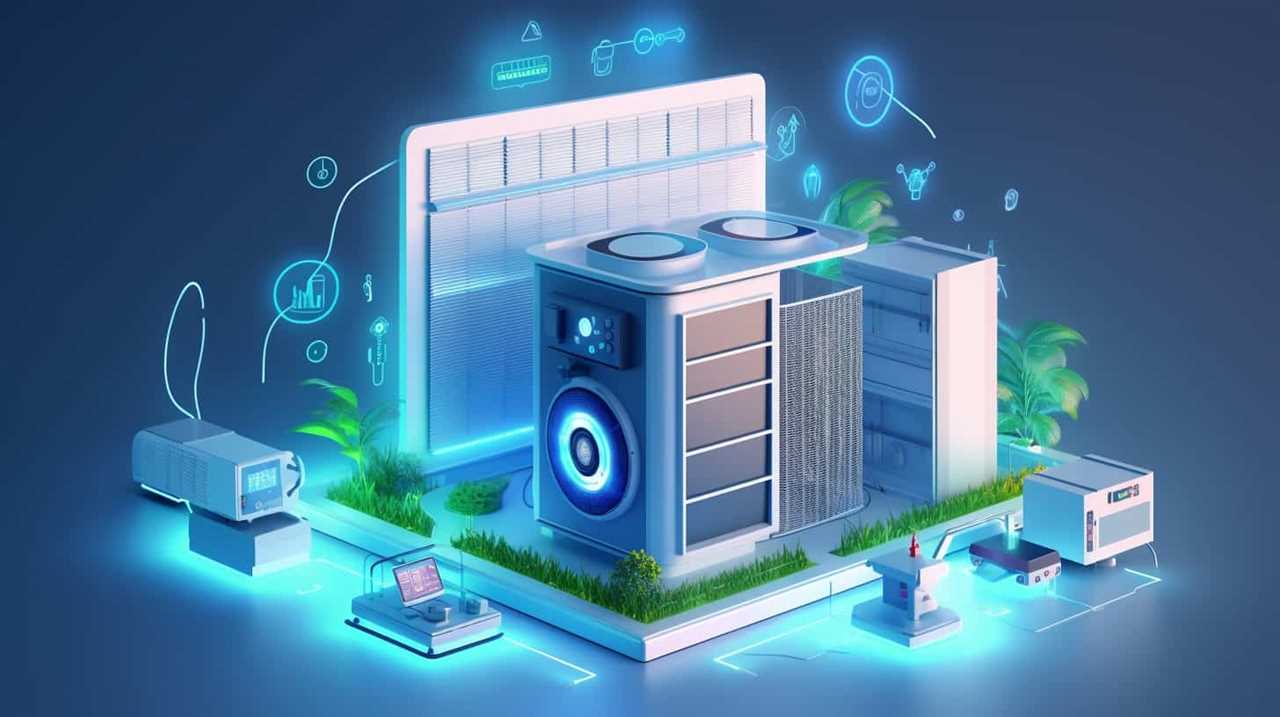
Proper Ventilation and Airflow
Proper ventilation and airflow play a crucial role in preventing thermal energy transfer problems and ensuring the efficient operation of the heat pump system. Adequate ventilation techniques and effective airflow management are essential for maintaining optimal performance and preventing issues such as overheating, inadequate heat transfer, and reduced system efficiency.
One important ventilation technique is ensuring that the heat pump system has sufficient air supply and exhaust vents. This allows for proper air circulation and prevents the buildup of stagnant air, which can hinder heat transfer and impede the system’s ability to maintain desired indoor temperatures.
In addition, airflow management is critical for preventing thermal energy transfer problems. This involves strategically placing vents and registers to ensure even distribution of heated or cooled air throughout the space. Proper airflow management helps eliminate hot or cold spots, improves indoor air quality, and maximizes the heat pump’s efficiency by ensuring that conditioned air reaches all areas of the building.
Troubleshooting Thermal Energy Transfer in Heat Pumps
When troubleshooting thermal energy transfer in heat pumps, we need to consider both the evaporator and condenser coils. The evaporator coil is responsible for absorbing heat from the indoor air, while the condenser coil releases heat to the outdoor air.
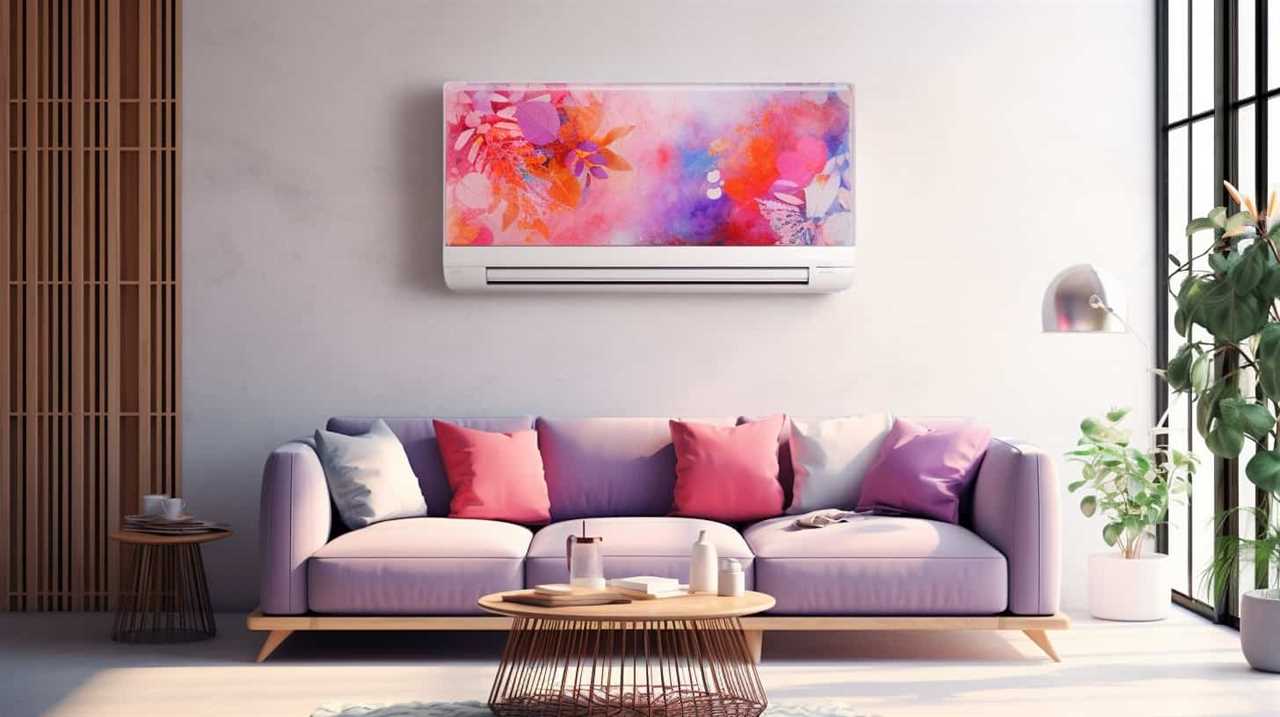
Here are some troubleshooting techniques to consider:
- Check for ice or frost buildup on the evaporator coil, as this can impede heat transfer.
- Inspect the condenser coil for dirt, debris, or blockage, which can reduce its efficiency.
- Verify that the refrigerant levels are sufficient, as low levels can result in poor heat transfer.
- Examine the airflow across both coils to ensure it’s unobstructed and sufficient.
- Test the functionality of the reversing valve, which controls the direction of refrigerant flow for heating or cooling modes.
Frequently Asked Questions
Can Heat Pump Failure Be Caused by Factors Other Than Thermal Energy Transfer Issues?
Yes, heat pump failure can be caused by factors other than thermal energy transfer issues. Common causes include electrical problems, refrigerant leaks, and improper installation. Troubleshooting techniques can help identify and resolve these issues.
How Does Understanding Thermal Energy Transfer Help in Diagnosing Heat Pump Failure?
Understanding thermal energy transfer plays a crucial role in diagnosing heat pump failure. By analyzing the impact of weather conditions and the role of insulation, we can pinpoint the root cause of the issue and provide effective solutions.
Does Thermal Energy Transfer Play a Role in Both Heating and Cooling Modes of a Heat Pump?
In both heating and cooling modes, thermal energy transfer plays a crucial role in the operation of a heat pump. Conduction and convection are key mechanisms involved, and the impact of insulation on thermal energy transfer cannot be underestimated.
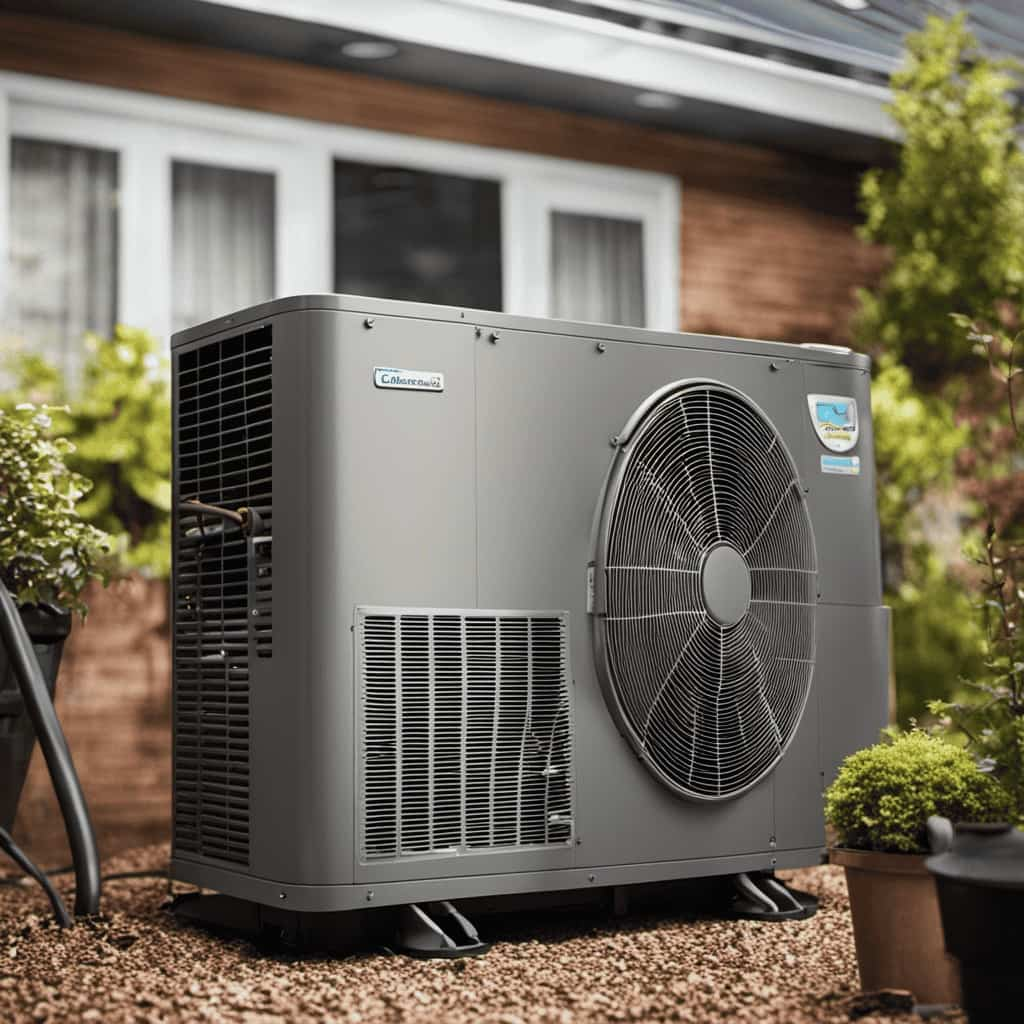
Are There Any Specific Warning Signs to Look Out for That Indicate Thermal Energy Transfer Issues in a Heat Pump?
Common warning signs of thermal energy transfer issues in a heat pump include uneven heating or cooling, reduced airflow, and strange noises. Troubleshooting techniques involve checking for clogged filters, inspecting ductwork, and ensuring proper insulation.
Can Regular Maintenance and Servicing Prevent Thermal Energy Transfer Problems in Heat Pumps?
Regular maintenance and servicing play a crucial role in preventing thermal energy transfer problems in heat pumps. By conducting routine inspections, cleaning components, and ensuring proper refrigerant levels, we can mitigate potential issues and ensure optimal heat pump performance.
Conclusion
In conclusion, understanding the role of thermal energy transfer is crucial in preventing heat pump failure.
By identifying signs of thermal energy transfer issues and implementing strategies to improve efficiency, such as insulation and regular maintenance, the performance of heat pumps can be optimized.

Just as a well-insulated house retains heat effectively, a heat pump that minimizes thermal energy transfer can provide efficient heating and cooling, ensuring a comfortable environment for all.




